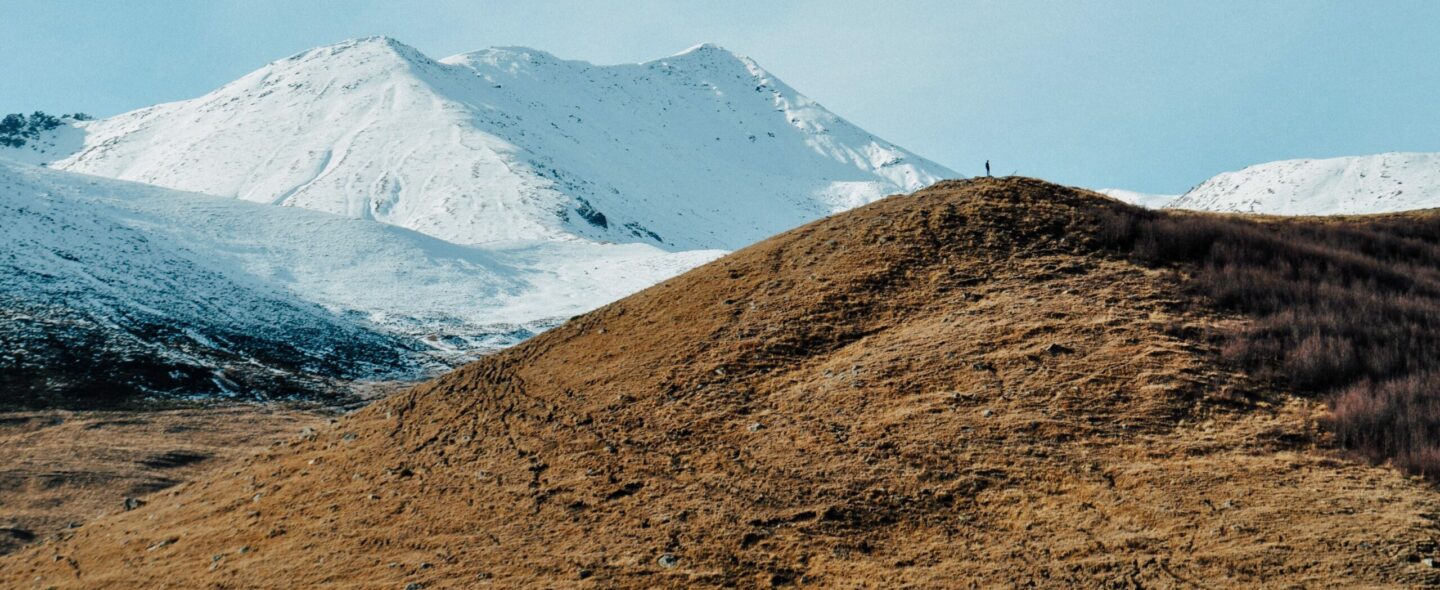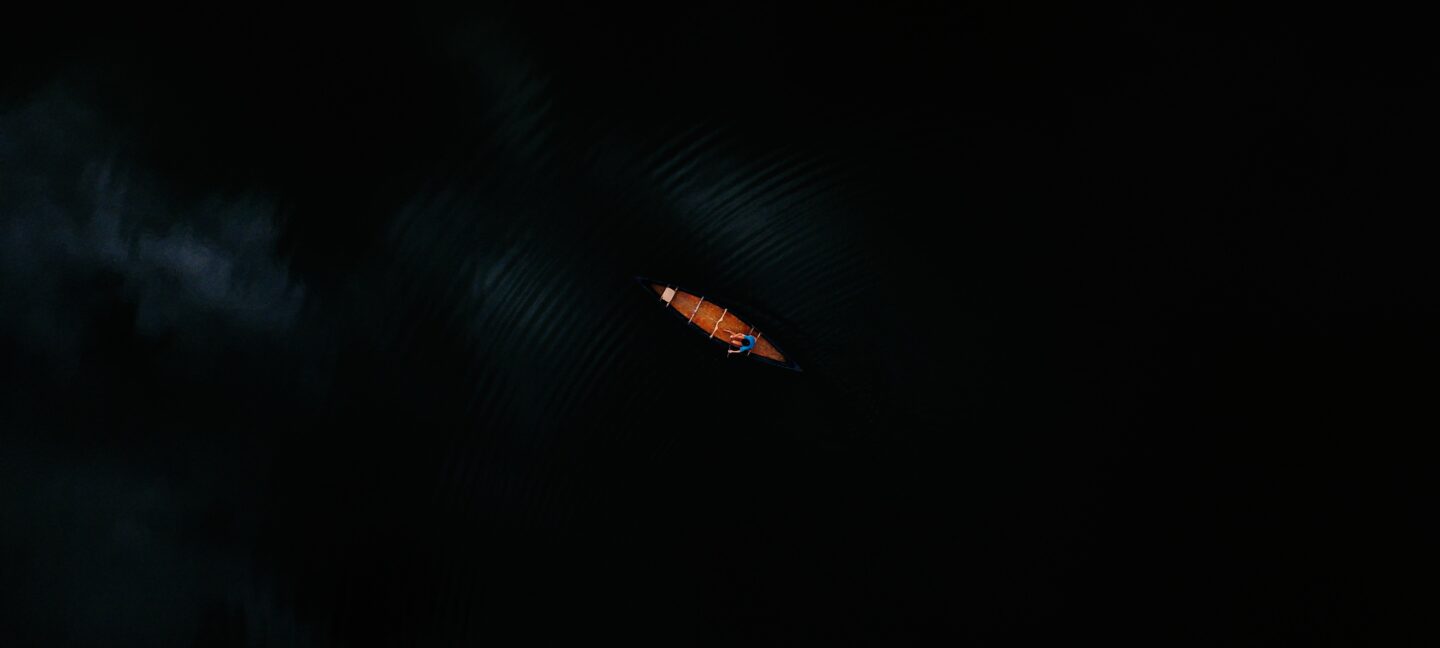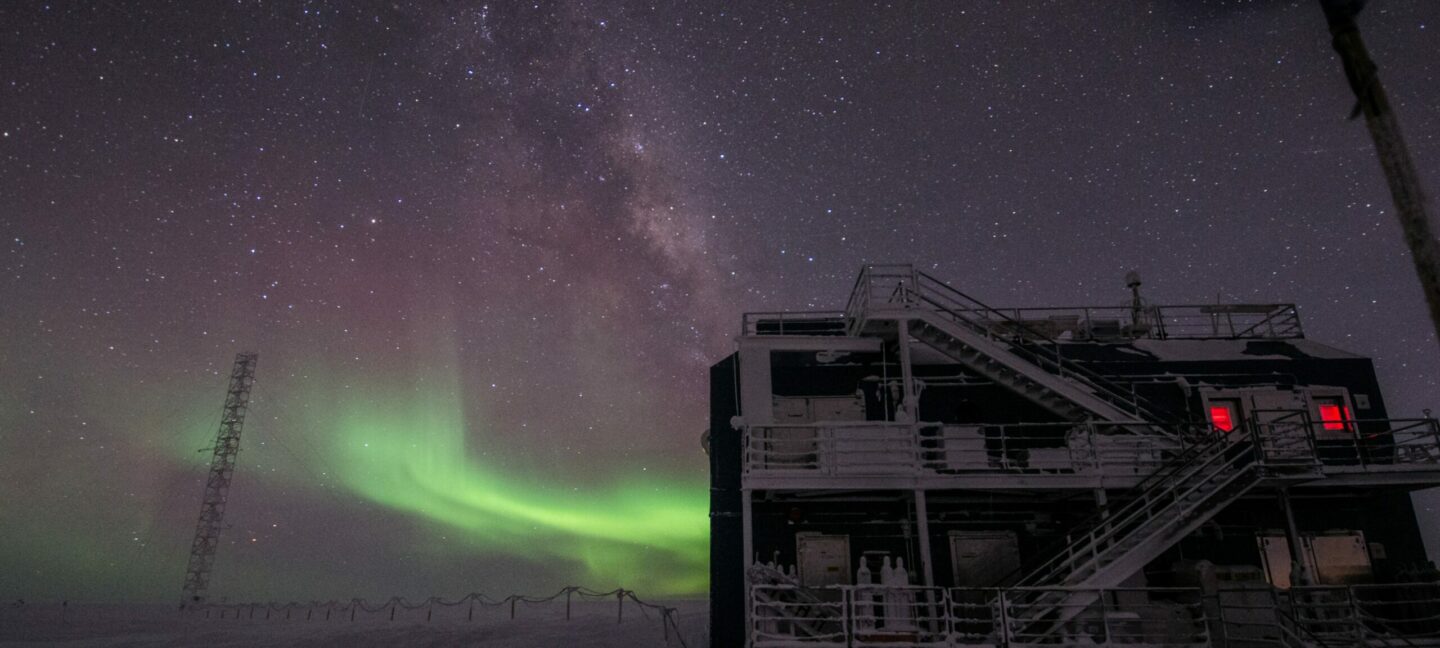

I never found the companion that was so companionable as solitude.
- Henry David Thoreau
This is Your Brain on Solitude
The coronavirus pandemic has forced the majority of the world’s population to experience the phenomenon of social distancing and observing strict shelter in place rules. Our minds jump immediately to the idea of isolation, a condition that has been shown to be maladaptive for humans, creating profound changes in brain structure, physical health, and psychological well-being.
Indeed, many are experiencing the ill effects of what social neuroscientist John Cacioppo called “chronic perceived isolation.” It is a phenomenon that began well before the current health crisis and has been documented extensively as the rise of smartphones decreases the number of real connections we make relative to the habits and lives of our near ancestors.
However painful isolation can be, it also comes with the opportunity to enjoy the benefits of solitude or the act of being alone without feeling lonely. As the author and Georgetown Professor Calvin Newport notes, solitude is “a subjective state in which you’re isolated from input from other minds.”
From a neuroscience and psychology point of view, solitude is incredibly important for improving creativity, mindfulness, and perspective. A Duke University study showed that just two hours of silence each day causes cellular development in the portion of the brain responsible for memory and sensation. While earlier studies from Washington University showed that being alone, even for short periods of time, ratchets up activity in the portions of the brain that focus on feelings, emotions, and information evaluation, all processes important to one’s sense of self. Although humans tend to find time alone uncomfortable, the long-term effects of exercising our emotional thought centers are mostly positive.
On a more philosophical note, Trappist monk Thomas Merton writes in Thoughts on Solitude, “We cannot see things in perspective until we cease to hug them to our bosom.” Perhaps this is why many successful artists, scientists, and academics have an unusual capacity for solitude. Einstein’s “miraculous year” in which he published his theory of relativity included long bouts of thoughtful solitude in Switzerland. The capacity for greater creativity in solitude may be linked to the ability to shake free from the “Spotlight Effect,” which is when we experience our thoughts in reference to how others would see them.
Professional Solitaries
For every workplace that engages in collaborative teamwork, design thinking, and collective hackathons, there is an extreme antidote in the form of professional solitaries who spend their years working alone. The world’s loneliest jobs include working on remote weather monitoring stations, polar institutes, oil rigs, and space missions, but there is also increasing awareness of startup founder loneliness and isolation, where a lack of colleagues comes with the thrill of starting a new business.
Sometimes, there are those like writer Kate Greene who voluntarily undergo isolation for the advancement of science. In 2013, Greene volunteered to partake in HI-SEAS (Hawai’i Space Exploration Analog and Simulation), a four-month-long Mars habitat simulation by NASA and the University of Hawai’i. According to Greene, who was the crew writer and second-in-command on the mission, the simulation was part of NASA’s efforts to “explore the challenges of what it would actually be like to send astronauts to Mars,” she said. “HI-SEAS, in particular, was designed to study the psychological and sociological challenges that come from isolation.”
In those four months of isolation from the rest of the world, with communications only available on a 20-minute time-delay, Greene used her abundance of free time to let her creative juices flow. “During the mission, I really did experience the bliss that can come from solitude … when you can actually get to a space to think about things deeply,” she remarked.
While her time on the HI-SEAS mission was difficult, the type of isolation Greene experienced in the simulation was very different from the kind that millions of people experienced and continue to experience in 2020 due to the COVID-19 pandemic. “With the HI-SEAS mission, we knew when it would end. It was four months and then it was over,” she said. “One way it’s been described is that ‘we saw the light at the end of the tunnel as soon as we got into the tunnel,’ but that’s not at all the case with the current pandemic.”
Another difference that Greene saw was related to fear. “We were not fearful. We might have had some uncertainty about what the actual experiment was going to be like, but with this pandemic, there is so much legitimate fear about how the virus is transmitted and the damage that it’s doing in our bodies, our communities, and beyond.” Despite these differences, Greene noted the impact that isolation can have revealing our shared humanity and vulnerability. “There are so many ways that we can be isolated in this world and yet through all of them if you look at it with the right lens, it can reveal a sort of interconnectedness that might not be obvious otherwise,” she said.
When people like Kate Greene enter an extreme environment, scientists and researchers are often behind the scenes trying to make sense of the individual and team dynamics in those environments as well. Organizational Psychologist, Pedro Marques-Quinteiro specializes in examining and analyzing such environments. During his two trips to Antarctica, one of the most extreme environments the earth has to offer – Pedro has been able to join scientific research teams on their missions, where he also notes the power of isolation in these environments. “The thing that makes Antarctica special is not only the extremeness but also the isolation and the confinement in which people have to work,” he says.
In Antarctica, the extreme environmental conditions, coupled with isolation and confinement, all contribute to a high-pressure work environment that requires strong interpersonal relationships between team members. “The cohesion or trust that you develop with your team members before you actually arrive in Antarctica seems to play a more important role than in a less extreme environment,” says Marques-Quinteiro.
In discussing strategies and skills that can be used to build trust and cohesion within teams working in extreme environments, Pedro talks about the concepts of self-leadership and complexity leadership. “Self-leadership is basically the individual capacity of self influence to build motivation towards goal accomplishment. You establish your own goals and monitor yourself towards those goals,” he says. On the other hand, complexity leadership is more about achieving a balance between the kind of roles you have in an organization. “If these roles are in balance, then you enable emergent behavior and adaptive behavior. Your company is able to respond very quickly to things you don’t expect, to adapt, in some sense.”
